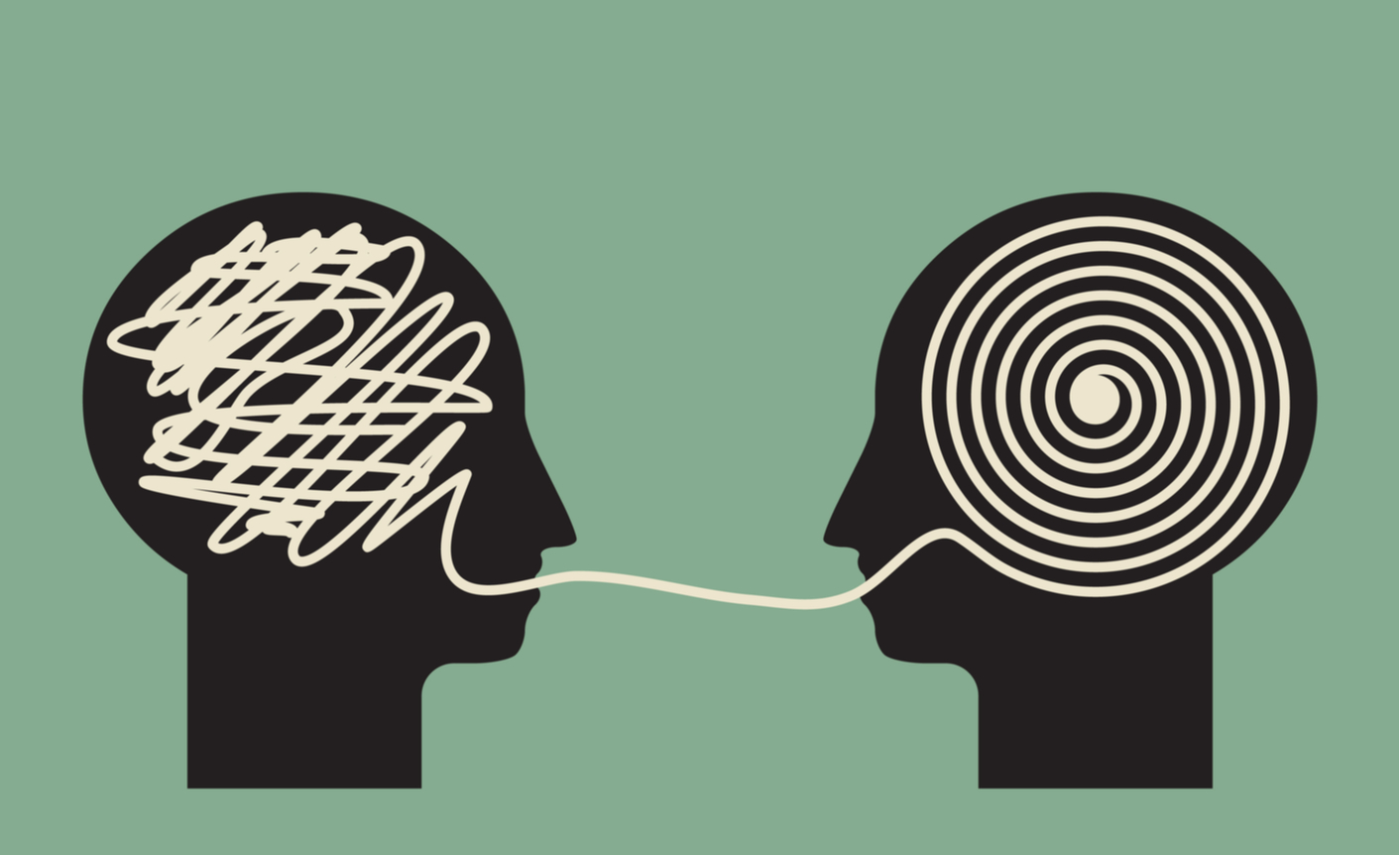Did you know the average human attention span has shrunk by 25% in just a few years? A recent study by Microsoft found that the human attention span has dropped to eight seconds – down from 12 seconds in the early 2000s. It’s become critical to make your message accessible to busy people with limited attention spans. One way to do that is plain language writing.
In short, people need content that’s easy to read and understand. Otherwise, they simply won’t read it. And, if you consider that over 1 billion people speak English as a second language, and that a lot of businesses translate and localize their content, you’re even less likely to connect with your audience if your source documents are wordy.
What is Plain Language?
| According to the Plain Writing Act of 2010, the definition of plain language is “writing that is clear, concise, well organized, and follows other best practices appropriate to the subject or field and intended audience.” |
People are more likely to trust and act on information they understand. Plain language is clear communication that makes information accessible to a wider audience. It’s inclusive of culturally and linguistically diverse communities, and those with different literacy levels, cognitive abilities, and learning styles. Clear, readable communication of all kinds, usually does the following:
- Knows what information the reader already understands or needs.
- Is clear about what action the reader should take, or the purpose of the content.
- Explains key messages near the beginning of the document.
- Structures content so it’s easy to navigate. For high readability and accessibility of content, also consider the font size and the use of colors or white space around the text.
Plain language doesn’t come easily to everyone who creates content. And that’s okay! It takes time and practice to understand that messages don’t need to be complicated to be effective. Plain writing isn’t overly simplistic, nor does it take on a patronizing tone. Instead, try these handy tips to increase the readability of your content using plain language. If you’re looking for a more comprehensive guide, check out these more detailed guidelines from the Centre for Plain Language.

10 Tips to Write in Plain Language
- Use short sentences: aim for an average word count of 20. Once a sentence approaches 40 words, consider splitting it into two.
- Choose everyday words: the shorter the word, the more likely it will be familiar to the reader.
- Use summaries to present key information before going into detail.
- Divide each section of the document into roughly equal chunks.
- Write headings that help readers predict what’s coming next.
- Use strong verbs and write in active voice.
- Leave out information that doesn’t help the reader complete the action or understand the point you’re trying to make.
- Use images that help the reader understand the text.
- Be consistent. Use the same terminology when referring to the same process, product, or service and keep technical terms consistent.
- Check with your target audience (whenever possible) to see if they find your content truly useful.
The Connection Between Plain Language and Readability
Readability is how easy something is to read. Plain language is writing that people can understand.
It might be surprising to learn that approximately 54 percent of adults in the U.S. read below the sixth grade level. When you think about content readability, what do you think of? There are many ways to measure content readability. Three popular ways to measure readability are the:
- Flesch Reading Ease — Counts average sentence length and average syllables per word, gives a number up to 100, and weights long words more than long sentences.
- Flesch-Kincaid — Counts average sentence length and average syllables per word, gives a grade level, and weights long sentences more than long words.
- SMOG Index — Counts the percentage of words with three or more syllables.
The issue with readability scores alone is that they focus mainly on long words and sentences. Unfortunately, they can’t measure the meaning of the words you chose, their context, or if they’re familiar to your target audience. Readability and plain language are way more than simply avoiding long sentences. Ideally, you need plain language guidelines that measure if your audience can understand your content, not only sentence length!
Truly readable content makes sure that content is structured in a logical way, easy to skim and scan, and uses inclusive language that reflects the diversity of readers. And often, when you take care of the broader principles of plain language, readability scores also naturally improve.
Consistently Use Plain Language with Acrolinx
Acrolinx is an AI-powered software that improves the quality and effectiveness of enterprise content. It helps you create clear, consistent content across all your content channels, and increases the quality of source content for translation and localization.
In alignment with plain language guidelines, Acrolinx provides feedback on the clarity, structure, and use of inclusive language — wherever you create content. You’ll get a readability score, but you’ll also get feedback on whether your tone, word choice, paragraph length, and acronyms are accessible to all readers.
The platform also checks your content for multiple aspects of non-inclusive language. So you can rest assured that your content avoids jargon, is historically and culturally aware, gender neutral, and free from ableist language — all while writing truly useful content.



